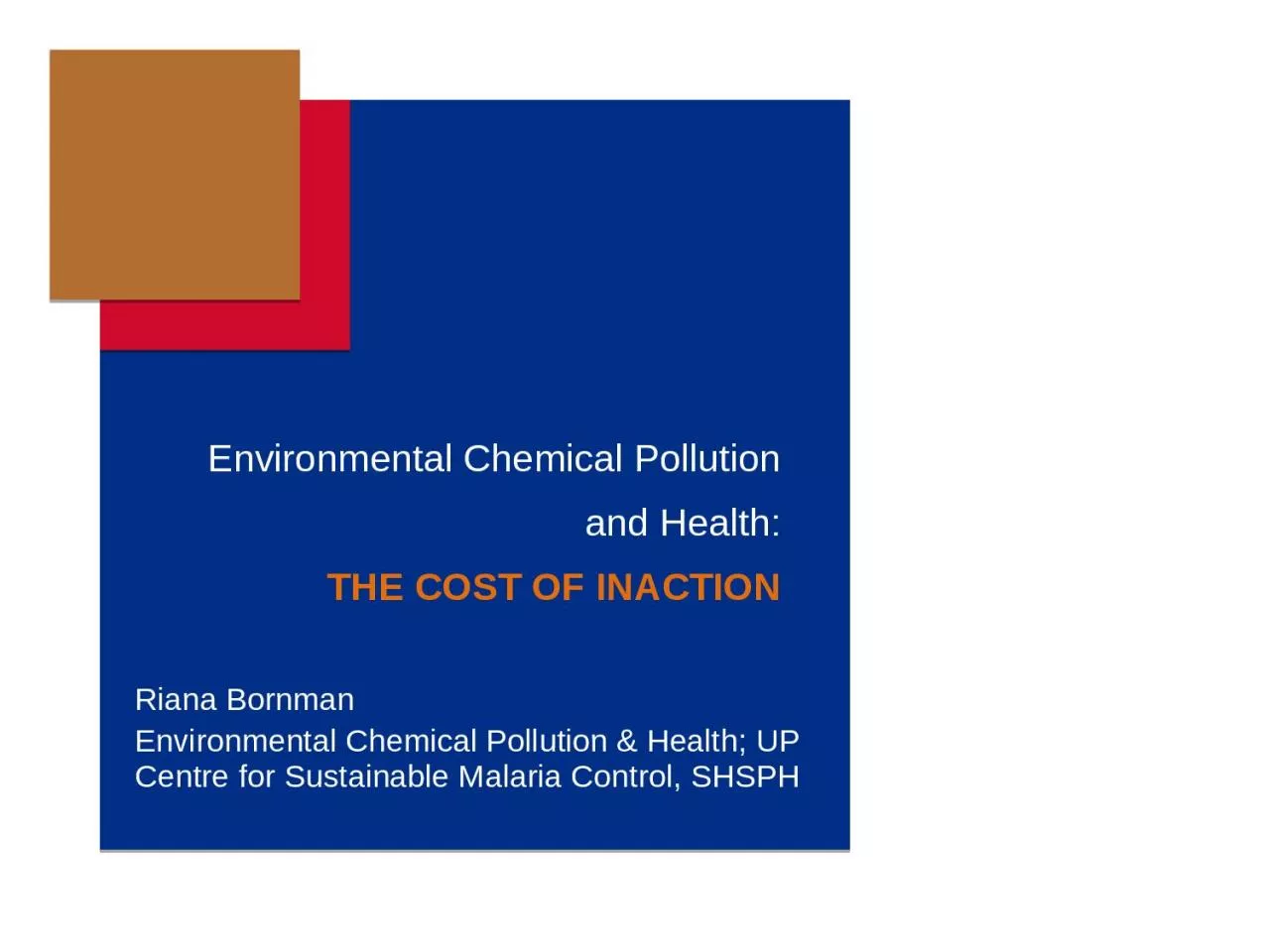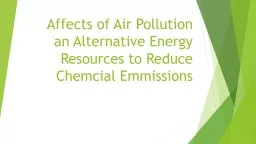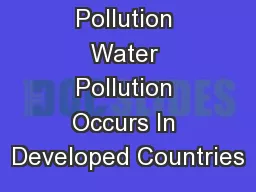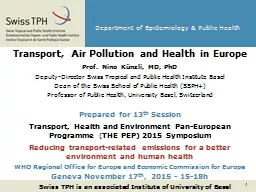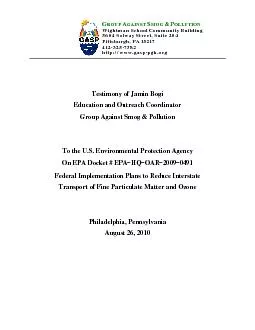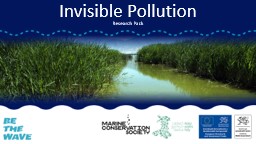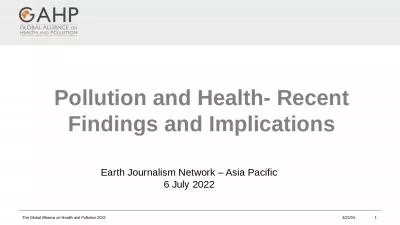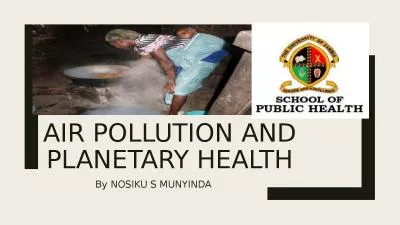PPT-Environmental Chemical Pollution and Health:
Author : fanny | Published Date : 2024-03-13
THE COST OF INACTION Riana Bornman Environmental Chemical Pollution amp Health UP Centre for Sustainable Malaria Control SHSPH Conflict of interest statement Opinions
Presentation Embed Code
Download Presentation
Download Presentation The PPT/PDF document "Environmental Chemical Pollution and Hea..." is the property of its rightful owner. Permission is granted to download and print the materials on this website for personal, non-commercial use only, and to display it on your personal computer provided you do not modify the materials and that you retain all copyright notices contained in the materials. By downloading content from our website, you accept the terms of this agreement.
Environmental Chemical Pollution and Health:: Transcript
Download Rules Of Document
"Environmental Chemical Pollution and Health:"The content belongs to its owner. You may download and print it for personal use, without modification, and keep all copyright notices. By downloading, you agree to these terms.
Related Documents

